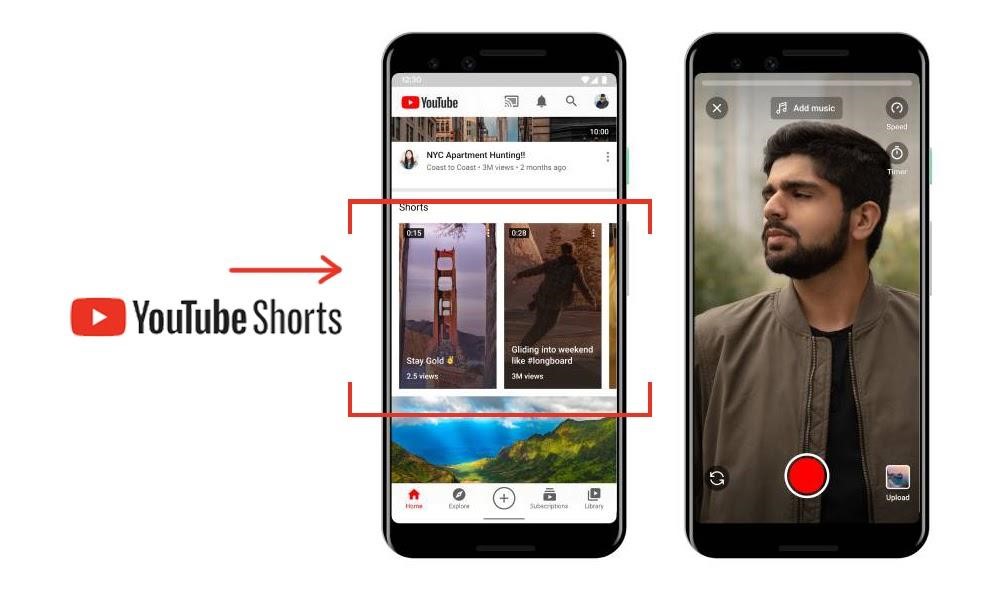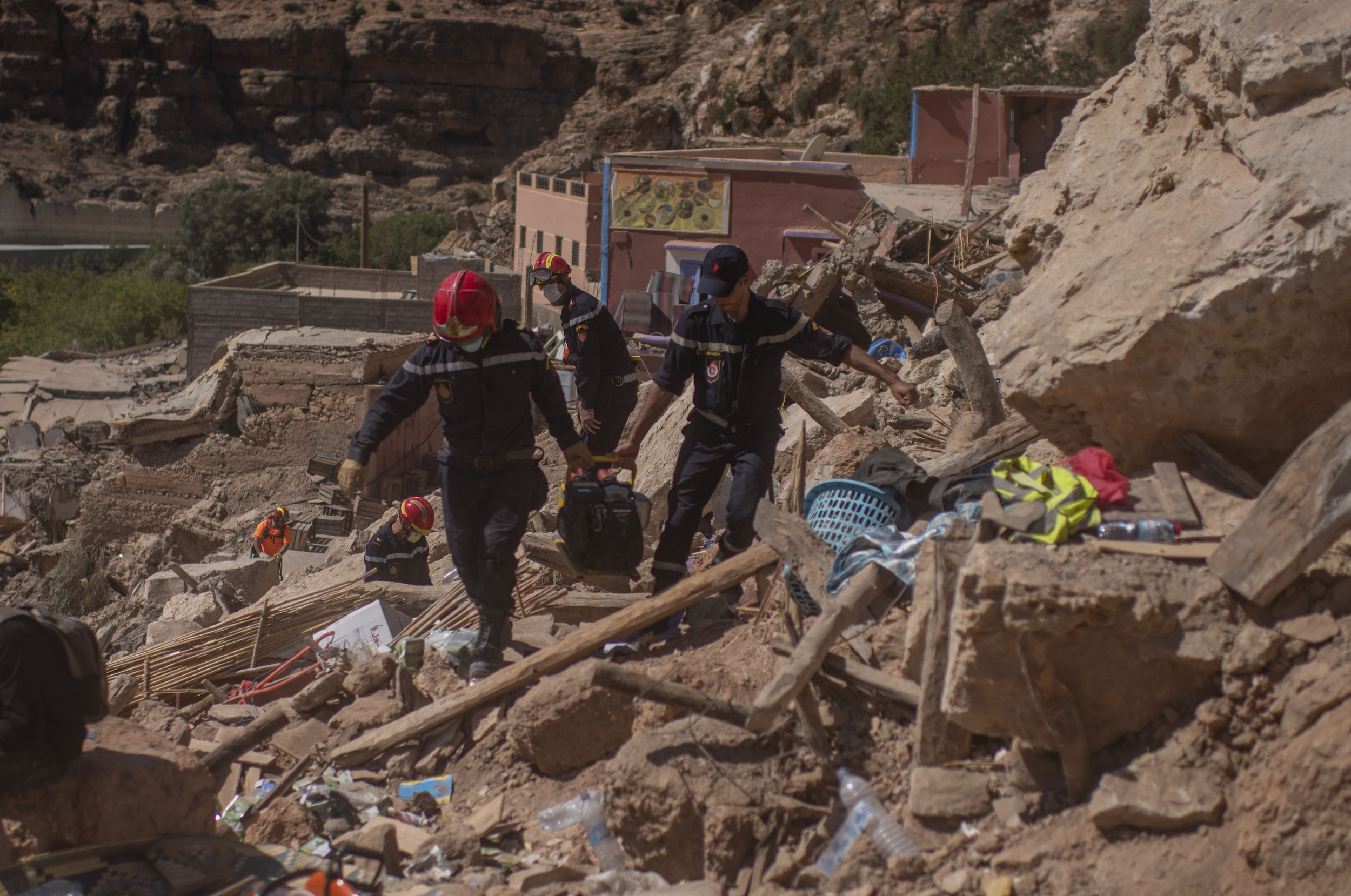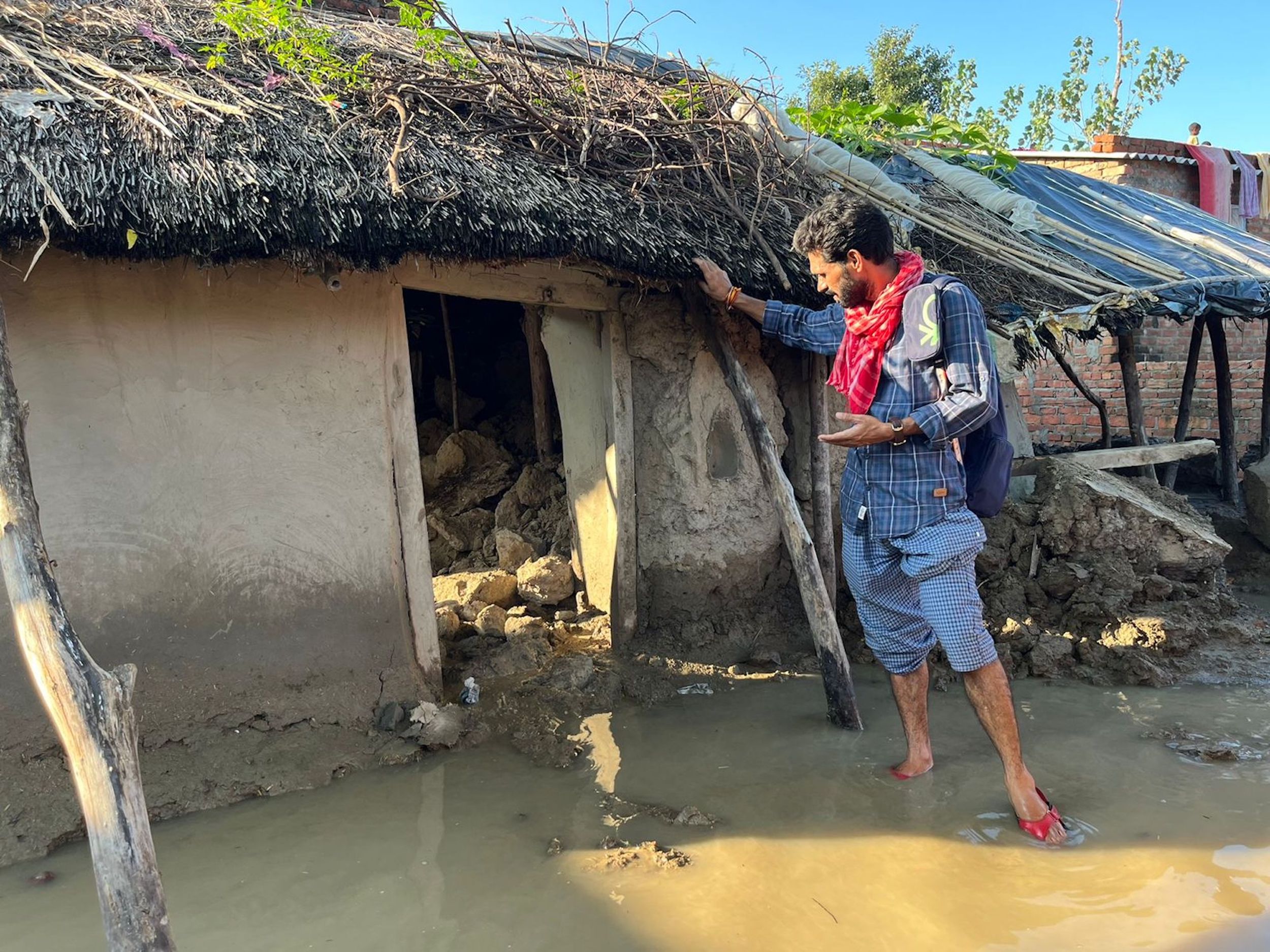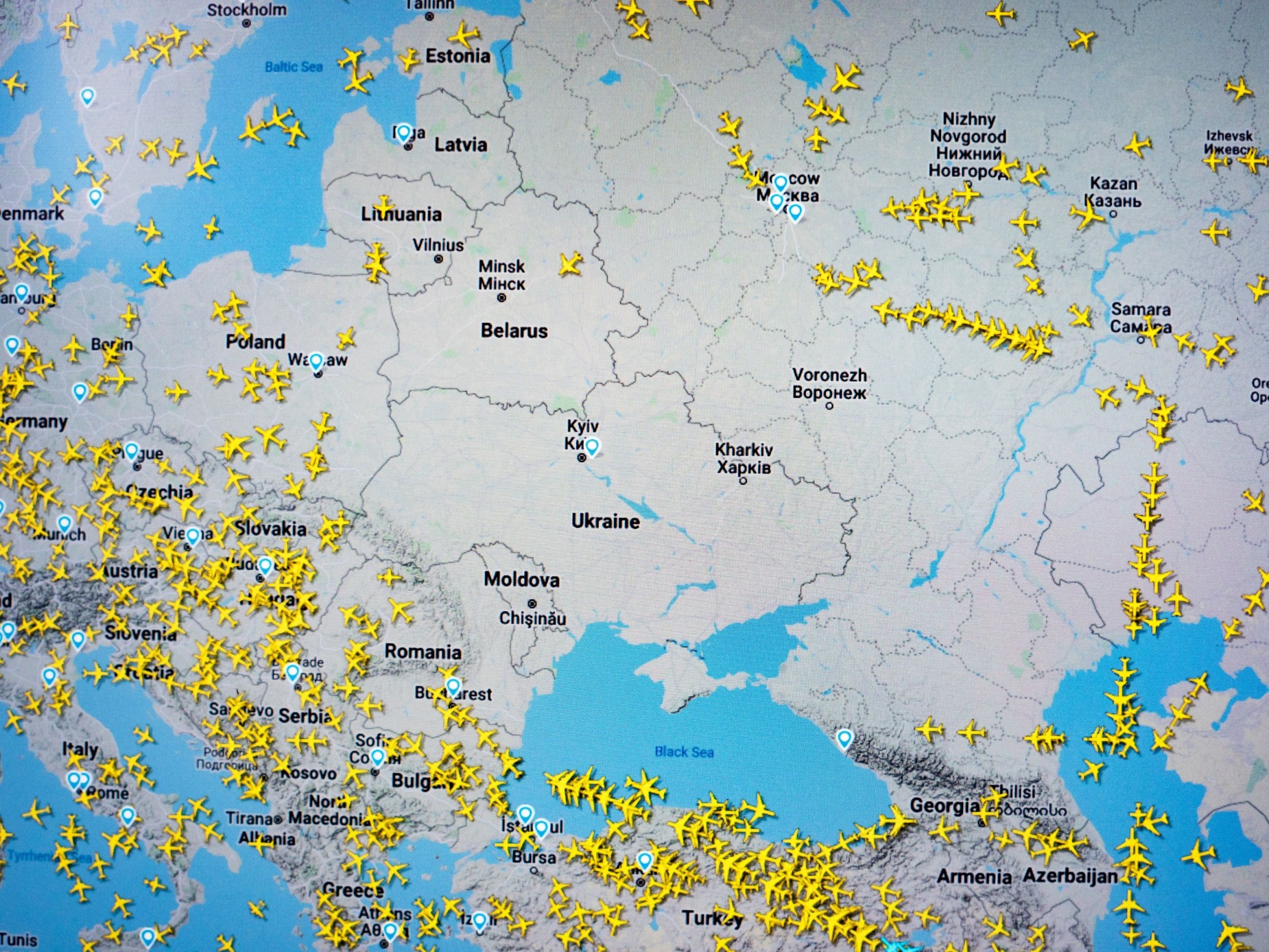على منصة تيك توك وبطريقة غير تقليدية أعلنت صحيفة واشنطن بوست الأمريكية عن فتح باب التوظيف لوظيفة جديدة، هي محرر تيك توك، وهذه هي المرة الأولى التي نسمع فيها مصطلحا من هذا النوع، ولن يكون غريبا في السنوات المقبلة أن نسمع تسميات وظيفية من قبيل منتج تيك توك، وصانع محتوى إعلامي لتيك توك.
وصفت مجلة فوربس الأمريكية تيك توك، بالتطبيق الأسرع نمواً في التاريخ، بسبب المكانة التي تمكن من تحقيقها في سنوات قليلة، في يوليو/تموز الماضي بلغت عمليات تحميل التطبيق 3 مليارات عملية تنزيل حول العالم بحسب شركة تحليلات التطبيقات "سنسور تاور". يعني ذلك أن التطبيق مع كل يوم يمر يحتل مساحات جديدة، ويضغط شيئا فشيئاً على منصات عملاقة كفيسبوك، التي طالما تفاخرت بشعبيتها بين الجمهور التي اكتسبتها خلال سنوات طويلة.
صعود تيك توك بهذه السرعة وتحقيقه لهذه الأرقام، وحصوله على مرتبة التطبيق الأكثر تحميلا في العالم في العام 2020، يعني أن هناك تحولات راهنة في البيئة الرقمية وتغيرات في مزاج الجمهور ورغباته، وهذه نقطة علينا أن نتوقف عندها قليلا كصحفيين ونتأملها جيدا، ونتساءل عن الطريقة الأمثل لتوظيفها والاستفادة منها.
إن أحد العوامل الرئيسية التي ساهمت في وصول تيك توك إلى هذه المكانة اليوم، هو الفكرة الجديدة التي قدمها لمستخدميه، التي تقوم على الفيديو العمودي القصير، أي مقطع الفيديو الذي لا يتجاوز طوله 60 ثانية، والمصمم للعرض بشكل عمودي على الهاتف الجوال.
حقق هذا القالب انتشاراً واسعا بين الجمهور لدرجة دفعت العديد من المنصات الرقمية العملاقة إلى عدم ترك المجال لمنصة تيك توك تستحوذ على الميدان، ومنافستها واستنساخ قالبها وتقديم خدمات مشابهة لمستخدميها.
أبرز مثال على ذلك ما قامت به منصة يوتيوب، التي أطلقت مؤخراً خدمة شورتس، وهي خدمة تتيح لمستخدمي يوتيوب على الهاتف الجوال تدوين ومشاهدة مقاطع فيديو عمودية قصيرة، كالتي يقدمها تيك توك لمستخدميه.

يعني ذلك أن عدد المنصات التي تقدم لمستخدميها الفيديو القصير العمودي الآن هي ثلاثة منصات:
Instagram Reels ـ 60 ثانية
Youtube Shorts ـ 60 ثانية
Tik Tok ـ 60 ثانية ـ وستصبح 3 دقائق، بحسب مدير الإنتاج في منصة تيك توك، درو كريشوف.
حاولت أثناء كتابتي لهذا المقال التعرف على القوالب التي تقدمها وسائل الإعلام العربية على تطبيق تيك توك، واكتشفت بأن المؤسسات الكبيرة ليس لها حضور من الأساس على المنصة، بما في ذلك منصات الإعلام الرقمي التي تخاطب الشباب. لهذا السبب يحاول هذا المقال التعرف على فرص الصحفيين في وسائل الإعلام العربية في الدخول إلى هذا الميدان الجديد، ويستعرض الفرص في 3 نقاط هي على النحو التالي:
الفرصة الأولى: تجربة إعلامية جديدة
اعتادت وسائل الإعلام في السنوات الماضية على صناعة مقاطع فيديو رقمية بمدة زمنية متوسطة تبدأ من 6 دقائق ويمكن أن تصل إلى 12 دقيقة تقريبا، كبرنامج إيجاز (الجزيرة) على سبيل المثال وبرنامج السليط الإخباري (+Aj) وغيرها. هذه المحتويات الرقمية كان يتم نشرها في أكثر من منصة رقمية، كيوتيوب وفيسبوك وإنستغرام وتويتر في آن واحد.
ولكن مع صعود تيك توك في السنوات الأخيرة وقدرته على حيازة مليار مستخدم نشط شهرياً، واجهت وسائل الإعلام صعوبة في نشر برامجها الرقمية على التطبيق. فبرنامج إيجاز (الجزيرة) على سبيل المثال يبلغ طوله في المتوسط 3 دقائق، والسليط الإخباري يبلغ طوله في المتوسط 7 دقائق، وهذه المدد غير مناسبة لتطبيق تيك توك باعتبار أن إطاره الزمني لا يتجاوز 60 ثانية.
الأمر الذي يعني أن وسائل الإعلام حتى وإن أرادت استخدام منصة تيك توك، ستجد نفسها مجبرة على توظيف فريق جديد من الكتاب وصناع المحتوى، كي يقوموا بابتكار وصناعة برامج رقمية جديدة تلائم المنصة، كما تفعل واشنطن بوست الآن.
بالتأكيد هذه عملية ليست سهلة ومكلفة مادياً، وقد يكون هذا أحد الأسباب التي دفعت وسائل الإعلام إلى إهمال تيك توك في السنوات الماضية، والاكتفاء فقط بالتركيز على المنصات الأخرى المهيمنة على الساحة كفيسبوك وتويتر ويوتيوب وإنستغرام، ولكن مع مرور السنوات تغيرت قواعد اللعبة في البيئة الرقمية، حيث أصبح تيك توك اليوم رقما صعبا، يتمتع بمكانة لا يستهان بها على الساحة الإعلامية. وبالتالي فإن دخول وسائل الإعلام لهذا الميدان الجديد، واكتشافه والتعامل معه بات أمراً ملحا أكثر من أي وقت مضى، خاصة أن البرامج التي سيتم صناعتها ستكون صالحة للنشر في ثلاث منصات رقمية في آن واحد Instagram Reels وYoutube Shorts وTik Tok
الفرصة الثانية: قالب رائج بين الجمهور
السبب الثاني الذي يجب أن يدفع الصحفيين ووسائل الإعلام إلى اقتحام منصة تيك توك، هو المنافسة الشرسة التي تدور حالياً بين المنصات الرقمية بخصوص الفيديو القصير العمودي، وهي منافسة من شأنها أن تعود بالفائدة على صناع المحتوى ومدوني الفيديو ووسائل الإعلام.
على سبيل المثال تروي مجلة بلومبيرغ قصة صبي بريطاني قفز عدد مشتركي قناته على يوتيوب من 17 ألف، إلى مليون مشترك، في مدة زمنية قياسية جداً وهي أسبوعين فقط! السر وراء هذه القفزة الهائلة في أعداد المشتركين، هو خدمة يوتيوب شورتس التي تم إطلاقها مؤخرا، والتي كانت بمثابة أداة سحرية، ساعدت الكثير من صناع المحتوى على تحقيق الانتشار والنمو بشكل أسرع من الطرق التقليدية الصعبة القديمة، فضلا عن كونها أداة تسويق فعالة للمحتوى الطويل.
بناء على ذلك، فإننا لا نتحدث عن مجرد تطبيق واحد فقط، بل نتحدث عن قالب رقمي جديد يحقق كل يوم مزيدا من النجاح والانتشار بين الجمهور، ويسعى العديد من المنصات الرقمية العملاقة إلى تبنيه وتقديمه لمستخدميها.
الفرصة الثالثة: الوصول للأجيال الجديدة
إن أكبر تحدّ واجهته وسائل الإعلام التقليدية في السنوات الأخيرة، هو قدرتها على إيصال رسالتها الإعلامية إلى الأجيال الجديدة، يقول د. ياسر بشر مدير القطاع الرقمي في شبكة الجزيرة، عن هذه الأجيال بأنها "لا تشاهد التلفزيون وتفضل متابعة الأخبار والتفاعل معها عبر الهاتف الجوال". وهذه إشارة إلى أن المؤسسات الكبرى دائما ما تحرص على إيصال رسالتها للأجيال الجديدة الشابة، التي ليست موجودة في إنستغرام وسناب شات فحسب، بل على العكس تنشط بشكل أكثر زخما على تيك توك اليوم، ومن البديهي إذاً أن تفكر وسائل الإعلام في توظيف هذه المساحة واستغلالها للوصول إلى هذه الفئة الجماهيرية الهامة.
ختاماً، فتيك توك والفيديو القصير العمودي يمثلان بيئة رقمية جديدة صاعدة، أهملتها وسائل الإعلام في السنوات الماضية، ولكن شيئا فشيئا صار جزء منها يهتم بها. أما السؤال الذي يطرح نفسه، هل سينجح الصحفيون وصناع المحتوى ووسائل الإعلام في مواكبة هذه المنصة وتقديم أفكار جديدة وإبداعية وخوض تجربة صحفية جديدة ناجحة؟ أم إن الأمر سيقتصر فقط على الأفكار المستهلكة والمستوردة؟
المراجع:
https://www.tiktok.com/@washingtonpost/video/7006347576983194885?is_copy_url=1&is_from_webapp=v1
https://themarketinghelpline.com/content-marketing-stats/
https://www.wyzowl.com/vertical-video
https://www.bbc.com/news/newsbeat-57692353
https://www.aljazeera.net/news/scienceandtechnology/2021/9/29/تكتوك-يصل-إلى-مليار-مستخدم-نشط-شهريا
https://screenrant.com/tiktok-vs-youtube-shorts-best-viral-video-platform/









































